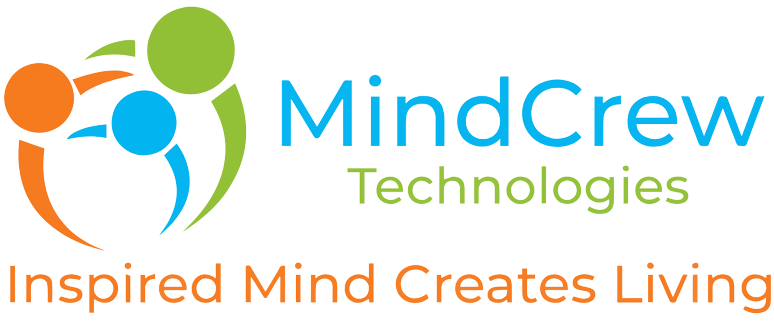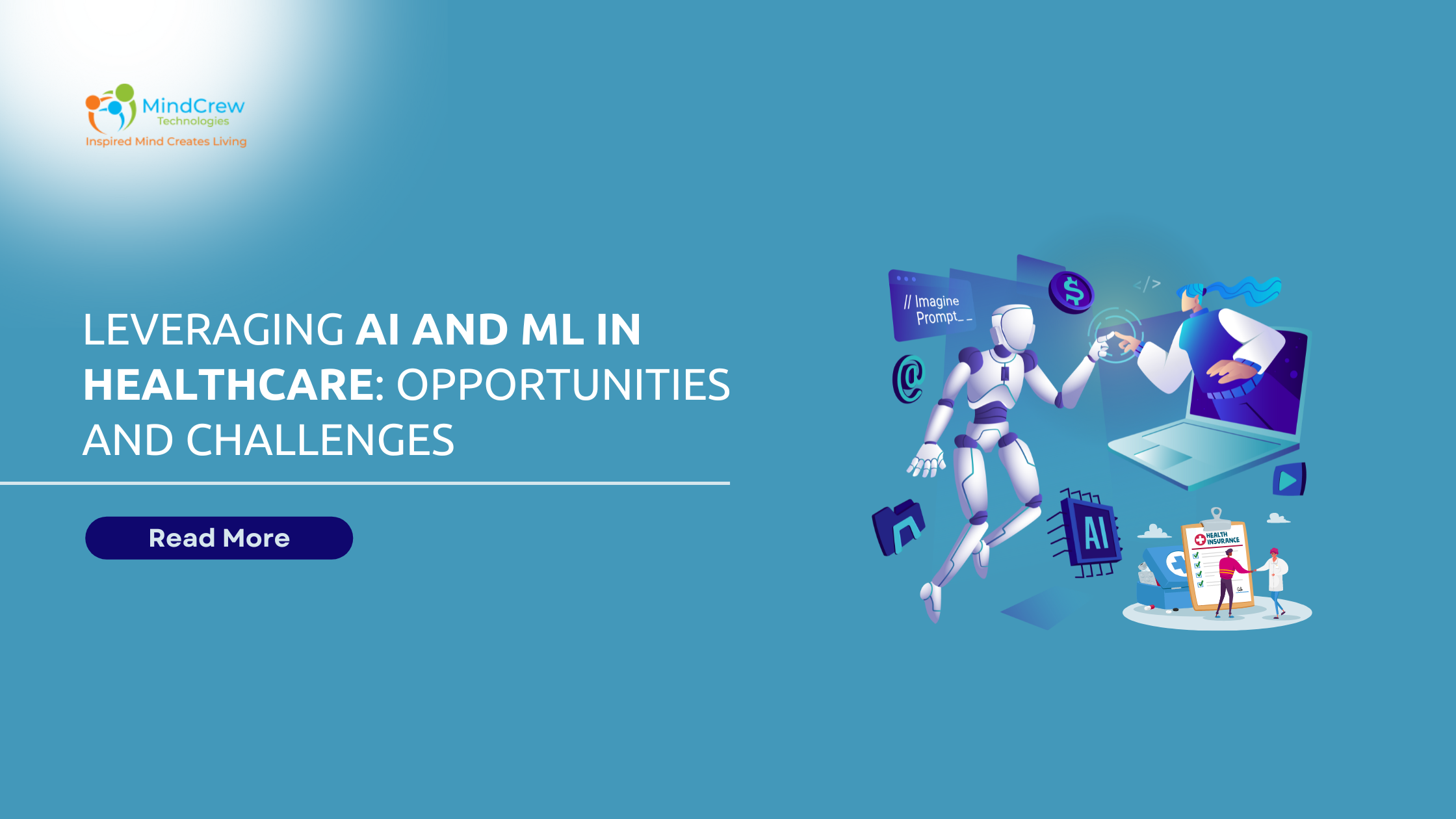Leveraging AI and ML in Healthcare: Opportunities and Challenges
Artificial Intelligence (AI) and Machine Learning (ML) have emerged as transformative technologies in a variety of industries, and healthcare is no exception. The potential of these technologies to revolutionize patient care, streamline medical processes, and advance research has generated immense excitement. However, the adoption of AI and ML in healthcare also presents numerous challenges, from ethical concerns to technical limitations. This blog will explore the opportunities AI and ML present to healthcare and the challenges that need to be addressed for successful integration.
1. Introduction
Healthcare systems around the world are under constant pressure to improve outcomes, reduce costs, and deliver more personalized and efficient care. AI and ML offer innovative solutions by processing vast amounts of data, identifying patterns, and providing actionable insights faster than traditional methods. While these technologies hold great promise, their widespread implementation is not without hurdles. In this blog, we will examine the current landscape of AI and ML in healthcare, highlighting both the immense opportunities and the critical challenges.
2. Opportunities of AI and ML in Healthcare
AI and ML have opened up numerous avenues for advancement in healthcare, many of which were previously unimaginable. Below are some key areas where these technologies are making a significant impact:
A. Diagnostic Precision
One of the most compelling uses of AI and ML in healthcare is in enhancing diagnostic accuracy. AI-powered tools can analyze medical images, such as X-rays, MRIs, and CT scans, with incredible precision. Machine learning algorithms have been trained to detect diseases such as cancer, heart conditions, and neurological disorders with accuracy comparable to or even better than human experts. For example, Google’s DeepMind AI has been used to detect over 50 eye diseases from retina scans.
The ability to detect diseases earlier and more accurately not only improves patient outcomes but also reduces the cost of treatment by minimizing the need for repeated tests or late-stage interventions.
B. Predictive Analytics and Early Detection
AI and ML can also predict potential health risks by analyzing patient history, lifestyle factors, and genetic data. Predictive models can identify individuals at risk for conditions such as diabetes, cardiovascular disease, or certain cancers long before symptoms appear, enabling proactive intervention.
For example, ML models can predict which patients are most likely to be readmitted to the hospital, allowing healthcare providers to take preventive measures. Early detection leads to timely treatment, improving patient prognosis and reducing the burden on healthcare systems.
C. Personalized Treatment Plans
The era of one-size-fits-all treatment is coming to an end, thanks to AI-driven personalized medicine. By analyzing individual patient data, including genetic information, AI systems can recommend highly personalized treatment plans that are more likely to be effective for that specific patient. This is particularly useful in fields such as oncology, where AI can suggest customized cancer treatment based on a patient’s genetic makeup and tumor characteristics.
In addition, AI can assist in monitoring how patients respond to treatments and adjust care plans in real time. This dynamic and personalized approach leads to better patient outcomes and more efficient use of medical resources.
D. Drug Discovery and Development
The traditional process of drug discovery is time-consuming and expensive, often taking over a decade and billions of dollars to bring a new drug to market. AI and ML are revolutionizing this process by predicting how different compounds will interact with biological targets, dramatically speeding up drug discovery. Companies such as Insilico Medicine use AI to identify potential drug candidates in a fraction of the time it takes using traditional methods.
Machine learning models can also help identify existing drugs that could be repurposed for new uses, further accelerating the development of treatments.
E. Robotic Surgery and Automation
AI-powered robots are being used in surgeries to enhance precision and reduce human error. Robotic systems, such as the da Vinci Surgical System, use AI algorithms to assist surgeons in performing complex procedures with minimal invasiveness. This not only improves surgical outcomes but also reduces recovery time for patients.
Beyond surgery, automation driven by AI and ML can streamline routine tasks in healthcare, such as analyzing test results, scheduling appointments, and managing medical records. These efficiencies free up healthcare professionals to focus on patient care.
F. Remote Patient Monitoring
AI and ML enable healthcare providers to monitor patients remotely, providing continuous care for chronic conditions without requiring patients to be physically present at a healthcare facility. Wearable devices can collect real-time data on vital signs such as heart rate, blood pressure, and glucose levels, which AI algorithms can analyze to detect abnormalities or early signs of deterioration.
For example, in diabetic patients, continuous glucose monitoring systems equipped with AI can detect trends and recommend adjustments in insulin doses, helping to manage the condition more effectively.
G. Administrative Automation and Efficiency
AI and ML are also streamlining the administrative side of healthcare. From automated billing and coding to optimizing patient scheduling, these technologies reduce the burden of paperwork and administrative tasks on healthcare professionals. Chatbots and virtual assistants can handle basic patient inquiries, schedule appointments, and provide reminders for follow-up visits, all while improving patient satisfaction.
3. Challenges of AI and ML in Healthcare
While the opportunities are vast, there are significant challenges that must be addressed to ensure the successful integration of AI and ML in healthcare. These challenges include ethical, technical, and practical concerns.
A. Data Privacy and Security Concerns
Healthcare data is highly sensitive, and the use of AI and ML raises serious privacy concerns. Ensuring that patient data is securely stored and processed is paramount. The collection and use of data for AI models need to comply with strict regulations such as the Health Insurance Portability and Accountability Act (HIPAA) in the U.S. or General Data Protection Regulation (GDPR) in Europe.
Additionally, the risk of data breaches and unauthorized access to sensitive health information can erode trust in AI-driven healthcare solutions.
B. Bias and Disparities in AI Models
One of the key challenges with AI and ML is the potential for bias in algorithms. These models are trained on historical data, and if the data contains biases (e.g., underrepresentation of certain demographic groups), the AI system may produce biased results. For example, AI models may underdiagnose diseases in minority populations if the training data was predominantly from one group.
Mitigating bias requires careful design, testing, and ongoing monitoring of AI systems to ensure they deliver equitable care across all patient demographics.
C. Integration with Existing Healthcare Systems
AI and ML tools often face challenges when integrating with existing healthcare infrastructure, which can be outdated or incompatible with new technologies. Many hospitals still rely on legacy systems for electronic health records (EHR), which can create barriers to the seamless adoption of AI.
Moreover, healthcare providers must invest in training staff to use these new tools effectively, which can require time and resources that many organizations may lack.
D. Regulatory and Ethical Challenges
The healthcare industry is highly regulated, and AI applications must comply with numerous rules and standards before they can be deployed. Regulatory bodies are still in the process of developing frameworks for evaluating the safety and effectiveness of AI-based medical devices and treatments.
Ethical questions also arise regarding the transparency of AI decisions. If an AI system recommends a treatment, healthcare providers and patients may want to understand how the AI reached that decision—a challenge known as the “black box” problem in AI.
E. Data Quality and Availability
AI and ML models are only as good as the data they are trained on. In healthcare, obtaining high-quality, diverse, and labeled datasets can be difficult. Data may be incomplete, inconsistent, or siloed across different healthcare systems, making it challenging to train accurate models.
For AI to reach its full potential in healthcare, organizations need to invest in better data collection, standardization, and sharing practices.
F. Cost and Investment in Infrastructure
The implementation of AI and ML in healthcare requires significant investment in infrastructure, from purchasing high-performance computing systems to hiring data scientists and AI experts. For smaller healthcare organizations or those in low-resource settings, the cost of AI adoption can be prohibitive.
4. Future of AI and ML in Healthcare
Despite the challenges, the future of AI and ML in healthcare looks promising. As technology advances and healthcare systems continue to adopt AI-driven solutions, we can expect even greater innovation. Emerging trends include the use of AI for precision medicine, the development of AI-powered chatbots for mental health support, and the use of AI in genomics for personalized treatments.
Collaboration between technology developers, healthcare providers, and regulators will be essential to ensuring that AI systems are designed and deployed in a way that maximizes their benefits while minimizing risks.
5. Conclusion
AI and ML are revolutionizing healthcare by offering unprecedented opportunities for improving patient care, enhancing diagnostic accuracy, and reducing costs. From personalized medicine to robotic surgery, these technologies are transforming the way healthcare is delivered. However, challenges such as data privacy, algorithmic bias, and regulatory hurdles must be addressed to ensure these innovations benefit all patients equitably.
As AI and ML continue to evolve, their role in shaping the future of healthcare will only grow, providing new ways to tackle some of the most pressing medical challenges of our time. Now is the time for healthcare organizations to invest in these technologies and build the infrastructure







